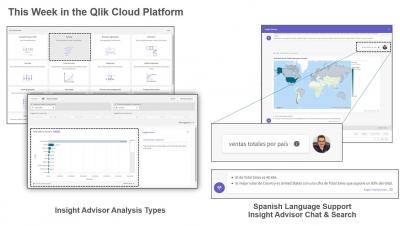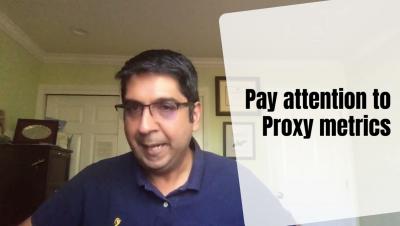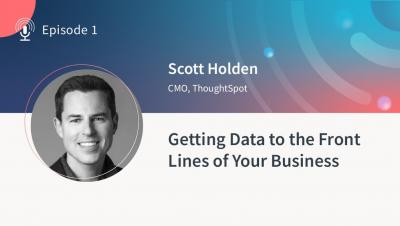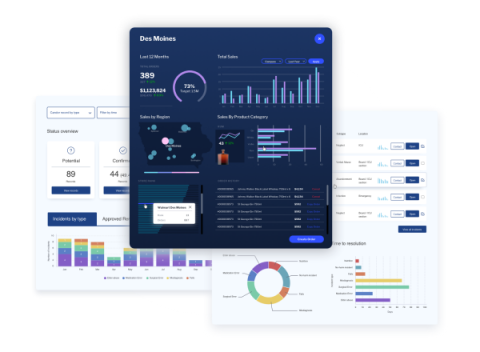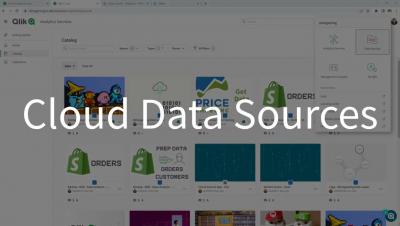Systems | Development | Analytics | API | Testing
BI
New Pathways to New Insights
To this point, AI has been applied to augment analytics in a somewhat bifurcated fashion. On one hand, we have seen natural language support the business consumer that requires simple answers to known questions, helping them quickly take action. And, on the other, AI helps content authors and BI developers auto-suggest charts and automate data preparation, improving efficiency and reducing manual workloads. But, there’s a gap, and the value is huge.
Unraveling AI Entrepreneurs #4
Unraveling AI Entrepreneurs #3
Getting data to the front lines of your business - Scott Holden, CMO of ThoughtSpot
What Does Embedded BI Really Mean? OEM Reporting Tools Defined
Hybrid Data Delivery (Data Services) - "Cloud Data Sources" - Complete Walk-through
Do You Have What it Takes to Manage the Flood of Data?
In 2010, Eric Schmidt, then CEO of Google, made the startling claim that every two days we humans generate as much information as we did from the dawn of civilization to today, or about five exabytes of data. At the time, we had TB disk drives and could only imagine an exabyte, which is one million terabytes. The next increments from TB is the peta byte and then the zettabyte, which is 1,000 exabytes. By the end of 2010, the world had crossed the zettabyte threshold.
Assessing the Validity and Relevance of Data To Discover True, Actionable Information and Insights
In a previous article, we talked about the lost art of questioning and its importance when working with data and information to find actionable insights. In this article, we will expand on this topic and explain how questioning differs depending on what stage in the process you are from transforming data and information into insights.
At Covanta, data health improves the business and the planet
At Talend, we tend to describe poorly organized, unhealthy data as “digital landfills.” But we don’t often talk about actual landfills. That’s right, the ones filled with trash. As anyone watching real estate prices will know, land is a finite resource. It’s crazy to think that we’re still dedicating land to storing our garbage, where it will sit releasing pollutants and greenhouse gases for decades to come.


